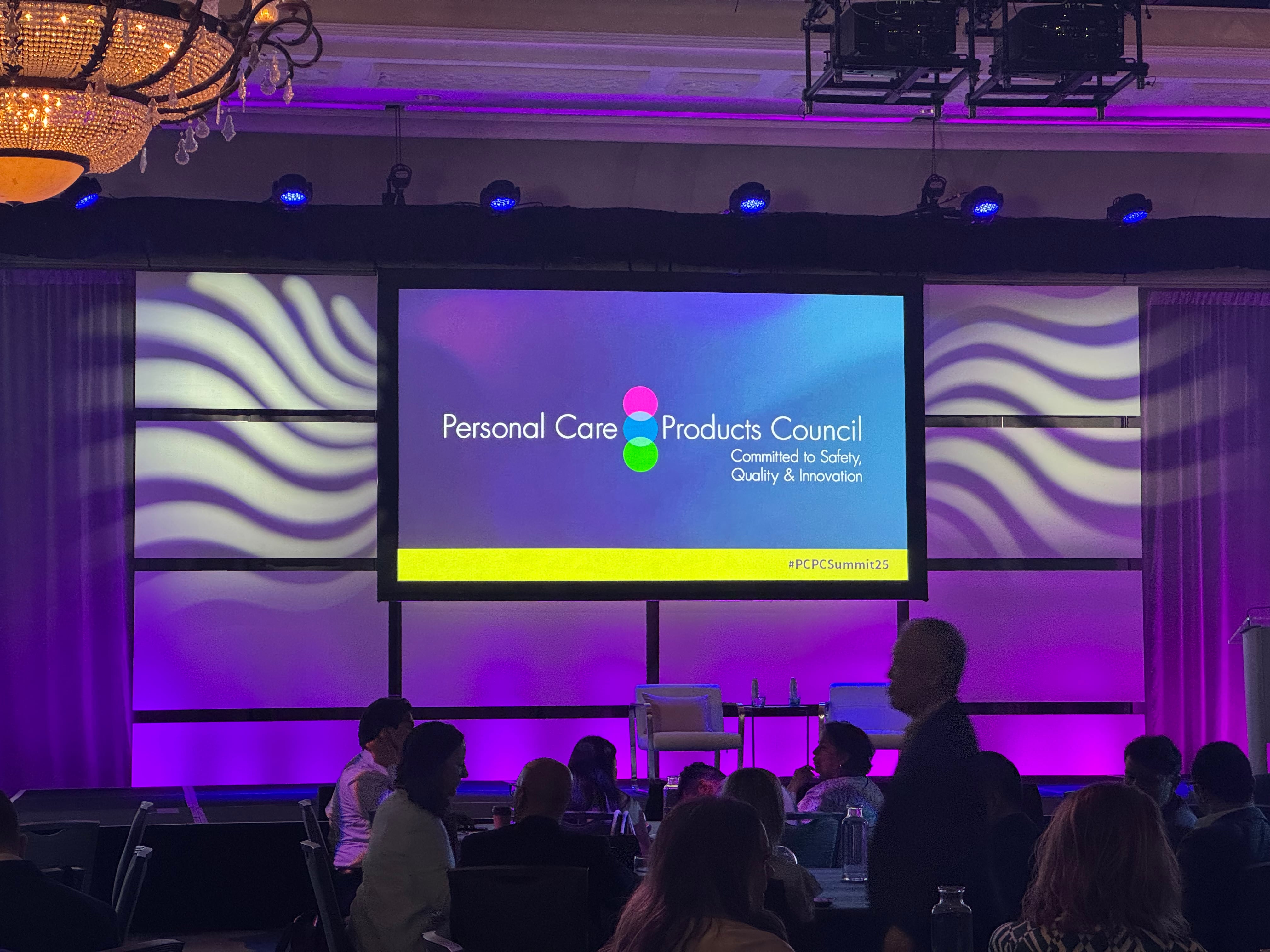At Shoptalk Fall 2025, held last month in Chicago, retail leaders and brand executives gathered to explore the changing face of consumer commerce.
Following the event, we spoke to panel participants Jacqueline Flam, managing director of beauty and health at NielsenIQ, and Jeremy Lowenstein, chief marketing officer at Milani Cosmetics, for their insights into key takeaways for beauty industry stakeholders, including the growing influence of digital platforms and the rising demand for transparency across the supply chain.
Online beauty discovery accelerates
Flam moderated “The Beauty Lab: Founders Redefining Innovation," a panel session focused on digital innovation, and she described a retail environment where e-commerce is setting the pace. “One of the most compelling themes at Shoptalk 2025, and echoed by NielsenIQ’s new State of Beauty 2025 report, is the seismic shift in how beauty is discovered and purchased online,” Flam told CosmeticsDesign.
Digital beauty sales in North America have grown by more than 20% and are increasing at a rate nine times faster than in-store, according to NIQ data. Flam pointed to platforms such as TikTok Shop and Amazon as key drivers, not just for sales, but for product category expansion.
“Generative AI tools like ChatGPT are becoming the new SEO,” she said, noting how product searches and consumer decision-making are increasingly shaped by AI-powered tools.
This evolution is pushing brands to prioritize digital-first strategies, especially in social and mobile commerce. Flam said maintaining visibility in these channels and adapting to AI-influenced search ecosystems will be critical for staying relevant.
Resilient operations for a digital holiday season
Flam also addressed broader business challenges, including inflation and supply chain disruption. While global beauty sales are up 10% year-over-year, pricing pressure is expected to continue into next year.
“Brands must act decisively,” Flam said. “First, they need to diversify sourcing to build resilience and cost flexibility.”
Inventory planning is also top of mind as the holiday season approaches. With more than 60% of beauty sales expected to take place online, Flam said brands need to ensure ecommerce platforms are fully stocked and supported by predictive analytics.
On the innovation front, she pointed to wellness as a high-growth opportunity. “Beauty is evolving into a holistic lifestyle category,” she said. “Wellness-centric innovation represents a 64% growth opportunity, especially where beauty intersects with self-care rituals like sleep, nutrition, and mental wellness.”
Transparent brands gain consumer trust
As consumers continue to research and compare brands in real time, trust and consistency have become harder to maintain and more valuable. Lowenstein spoke to that challenge during “Creative Sprints: Moving from Idea to Execution at the Speed of Light”, a panel on fast-paced product development.
“The increasing transparency and accessibility of product and brand information are transforming how consumers evaluate beauty brands,” Lowenstein told CD.
He explained that consumers are no longer focused solely on performance. “Shoppers are now assessing companies holistically, considering not only product efficacy, but also brand values, sustainability, and authenticity before making purchase decisions.”
This shift, he said, requires alignment across departments. “Product development, marketing, and retail must work in concert to deliver a consistent, credible brand experience across every channel.”
Lowenstein also emphasized the need for new measurement tools. “Measurement frameworks need to evolve beyond transactional sales metrics to include engagement quality and consumer sentiment, which are key predictors of long-term brand equity.”
Performance and purpose, measured together
Marketing strategies have also had to adjust as consumers expect both meaningful messaging and clear value. Lowenstein said the distinction between emotional storytelling and performance marketing is becoming less relevant.
“Consumers increasingly expect purpose and product to coexist,” he said. He pointed to Ulta Beauty as a company that combines accessibility with aspiration, and said the same thinking guides Milani’s approach.
“We define success metrics at the outset of every initiative,” Lowenstein said. “Recognizing that value can show up in many forms such as brand awareness, content engagement, first-party data collection, and shifts in consumer sentiment.”
For beauty brands and their partners, he added, aligning goals from the start helps support both trust and growth. “When purpose and performance are aligned from the beginning, efficiency strengthens both brand impact and consumer trust.”





